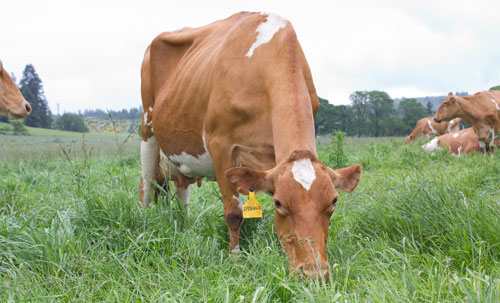
by Amanda Smith, Associate Editor
Comparisons are often made between organic and conventionally managed dairy operations. Whether it's the nutritional value of milk or the health of the herd, efforts are made to tease out differences and put one management style above the other.
Yet, research conducted by the University of Wisconsin-Madison, Cornell University and Oregon State showed that organic herds and their similarly sized conventional counterparts would have both been unlikely to achieve many criteria of audit and assessment programs currently used in North America.
In the Journal of Dairy Science study, differences in the adoption of selected practices used in welfare assessment and audit programs were contrasted among 192 organic and 100 conventional herds. Criteria from three programs were assessed: American Humane Association Animal Welfare Standards for Dairy Cattle, Farmers Assuring Responsible Management, and the Canadian Code of Practice.
The study evaluated calf care, veterinary care and herd health. Below are study highlights:
Calves:
- Ninety-seven percent of farms met criteria for suggested age at weaning. Organic herds tended to leave calves on milk longer and feed a greater volume of milk.
- Sixty-one percent of farms disinfected navels.
- Twenty-three percent met requirements for use of pain relief during dehorning. A greater proportion of organic herds used scoop, gouge or extraction methods.
- Calves on conventional grazing farms were dehorned at a younger age.
- The calving area was shared with lactating cows for a larger proportion of organic herds compared with conventional herds.
- Most met requirements for feeding calves, with the exception of volume of colostrum fed.
- A minority of farms met requirements for most animal measurements (hygiene, lameness and body condition scores).
- Thirty percent of herds met welfare program criteria for body condition score.
- Twenty percent met criteria for animal hygiene scores.
- The lowest proportion of cows with hock lesions was observed for organic farms.
- Regular veterinary use was infrequent for organic herds (36 percent).








